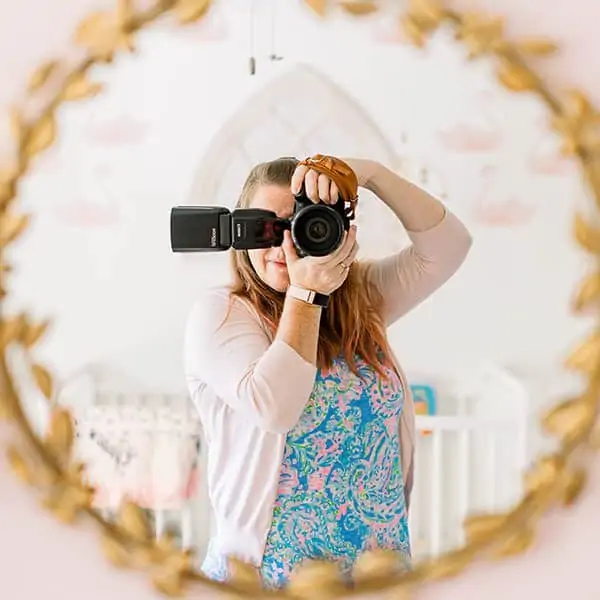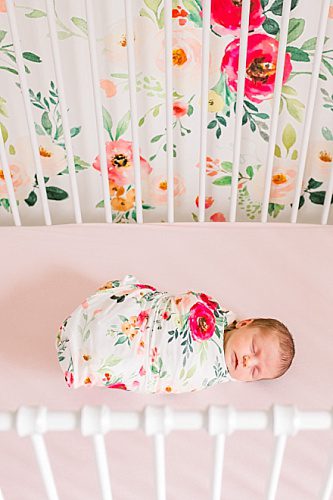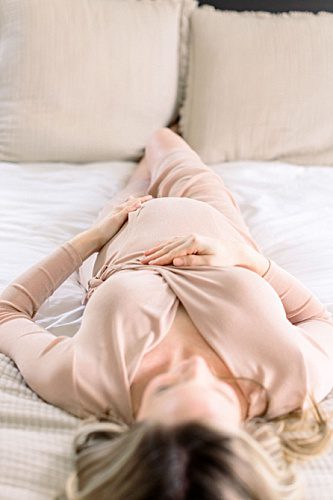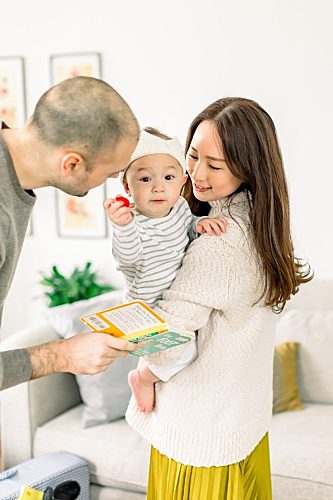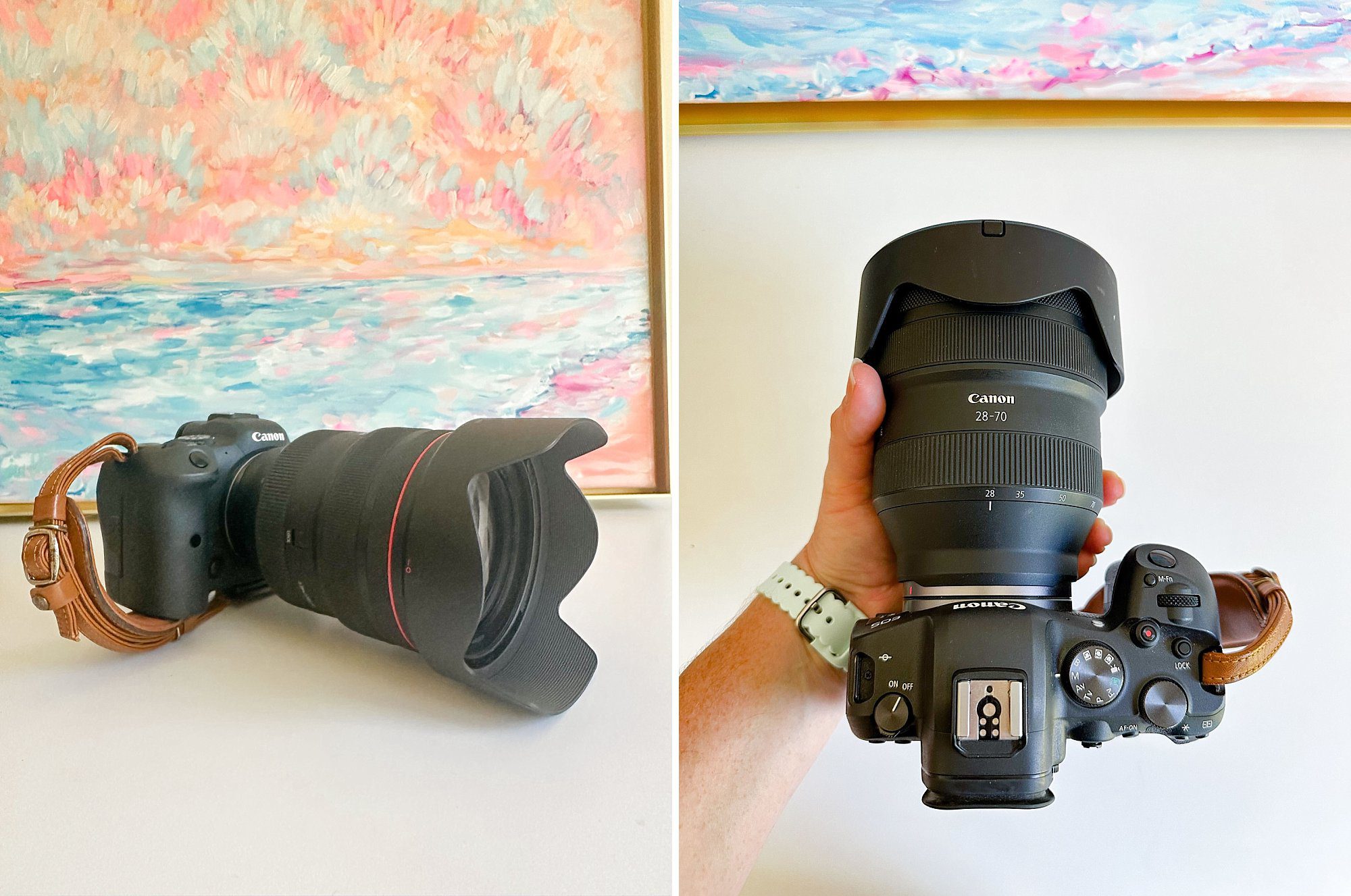
I have a been a die-hard prime girl for almost my entire career. I can’t even count how many weddings, newborns and just general portraits I shot almost entirely with my Canon 50 1.2L. But then I made the switch to mirrorless and it just felt clunky swapping between lenses with the adapter. So I started leaning to the dark side of zoom lenses and the Canon RF 28-70 2.0L caught my eye.
Now I know I could have gotten an RF version of the 50 but I felt like I was constantly swapping between my 35, 50 for indoor sessions and my 50 and 100 for outdoor sessions. I wanted to make that process smoother and not lose cute moments my clients were having while I was swapping lenses. It was time to upgrade!
Table of Contents
Why the Canon RF 28-70mm f/2.0L is My Go-To Lens
Insanely Fast f/2.0 Aperture:
One of the few zoom lenses on the market with a constant f/2.0 aperture, making it a dream for low-light shooting and getting that beautiful background blur. This comes in especially handy when I’m shooting in nurseries that don’t have a ton of light. I live at 2.0 most of my sessions to get all the good light and the dreamy bokeh this lens is capable of.
Prime-Like Image Quality:
In the past I’ve felt like zoom lenses just didn’t have the sharpness of my primes. That has not been a problem with Canon RF 28-70mm f/2.0L.
Versatility in a Single Lens:
Whether I’m capturing wide-angle shots of a nursery or tight, emotional newborn portraits, I can do it all without swapping lenses. So often I’m going from wide shot to tight shot immediately and this let’s me do it without hassle.
Exceptional Bokeh & Depth of Field:
The f/2.0 aperture creates beautifully creamy bokeh, perfect for dreamy, soft baby skin. I can open up my aperture and get gorgeous blur on an emotional moment or stop it down to make sure everyone in the family including the dog is in focus.
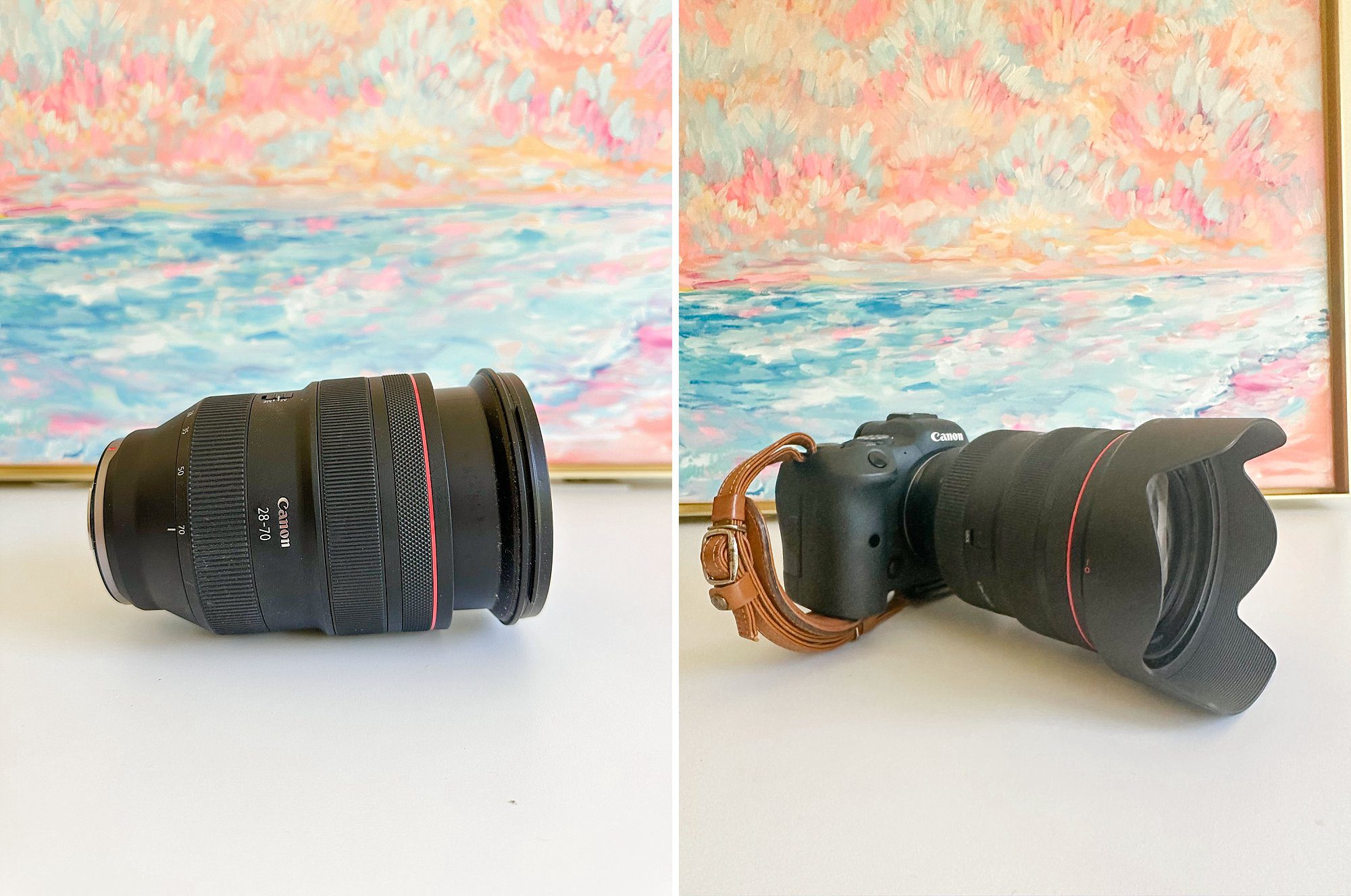
Downsides to Consider
Size & Weight
At nearly 3.2 lbs, the Canon RF 28-70mm f/2.0L isn’t exactly lightweight. It’s significantly heavier than carrying a single prime, so I use a good camera hand strap to offset the weight and keep babies safe from falling cameras. I honestly feel like once you get used to it you won’t even notice it. Unless you change to a prime lens and then you’ll be shocked at the weight difference. I completely forget how heavy it is.
Price Tag
This is an investment lens—no doubt about it. But if you’re considering upgrading multiple primes, this might be a more cost-effective long-term solution. I ended up selling my old prime lenses to lessen the cost of getting this one.
No Image Stabilization
While the lens doesn’t have built-in IS, Canon’s mirrorless bodies offer excellent IBIS (In-Body Image Stabilization), which helps compensate. This isn’t something that is a big deal to me but I know some gear heads really like their built-in IS.
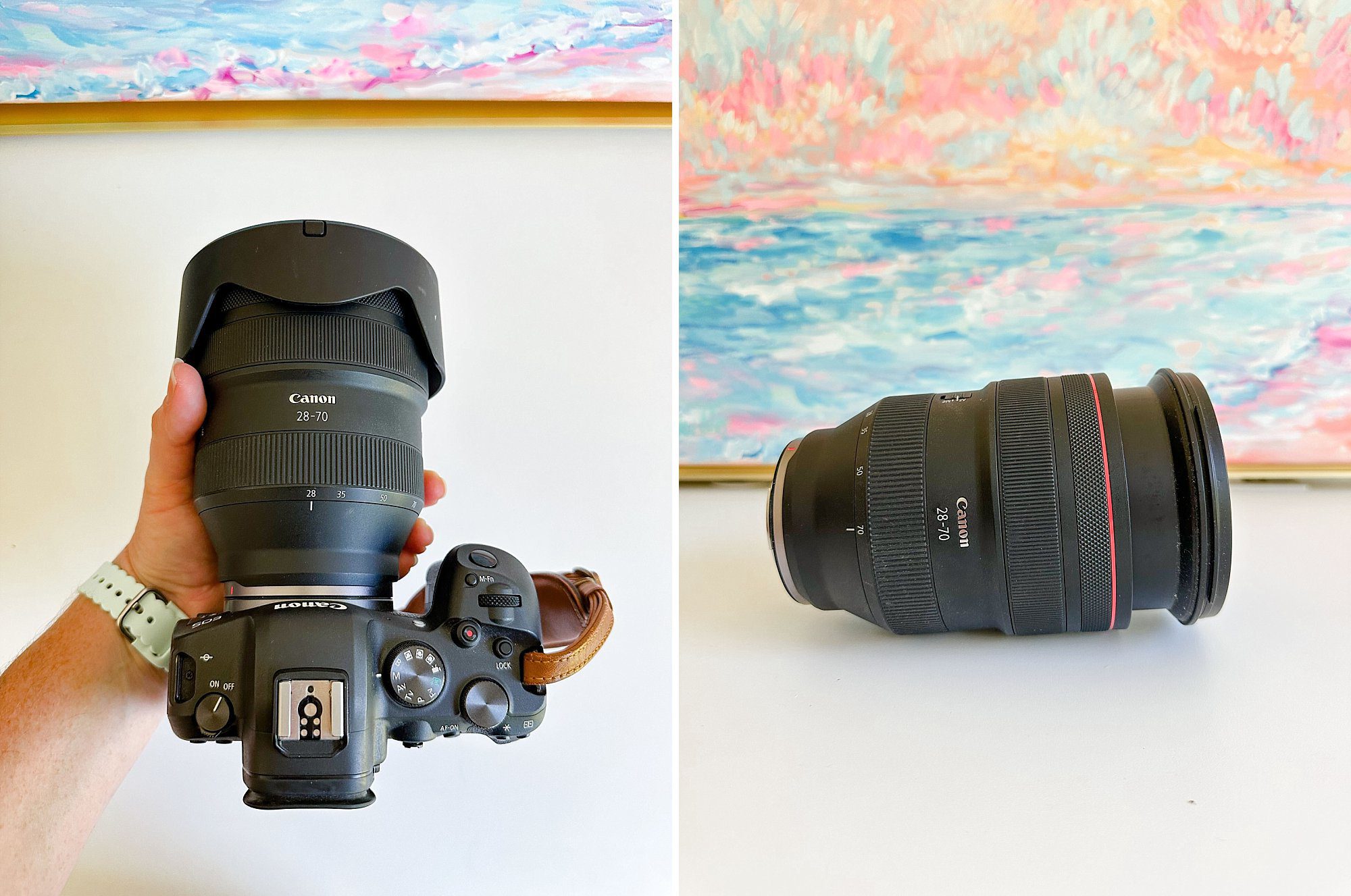
Who Should Consider the Canon RF 28-70mm f/2.0L?
Portrait & Lifestyle Photographers: If you shoot families, newborns, or even branding sessions, this lens has your back. You can get all the moments and not sacrifice the quality we all love about our primes.
Wedding Photographers: If you’ve got a strong wrist and hate swapping lenses this one should definitely be in your camera bag. Being able to go from a wide shot to a close-up in the fast paced wedding world is a godsend!
Photographers Looking to Simplify Their Kit: For me this was a huge reason I upgraded. Making that switch from mirrorless and having to deal with the adapter for my old lenses it was just getting too complicated. I haven’t touched my back-up lens at a session in over a year at least.
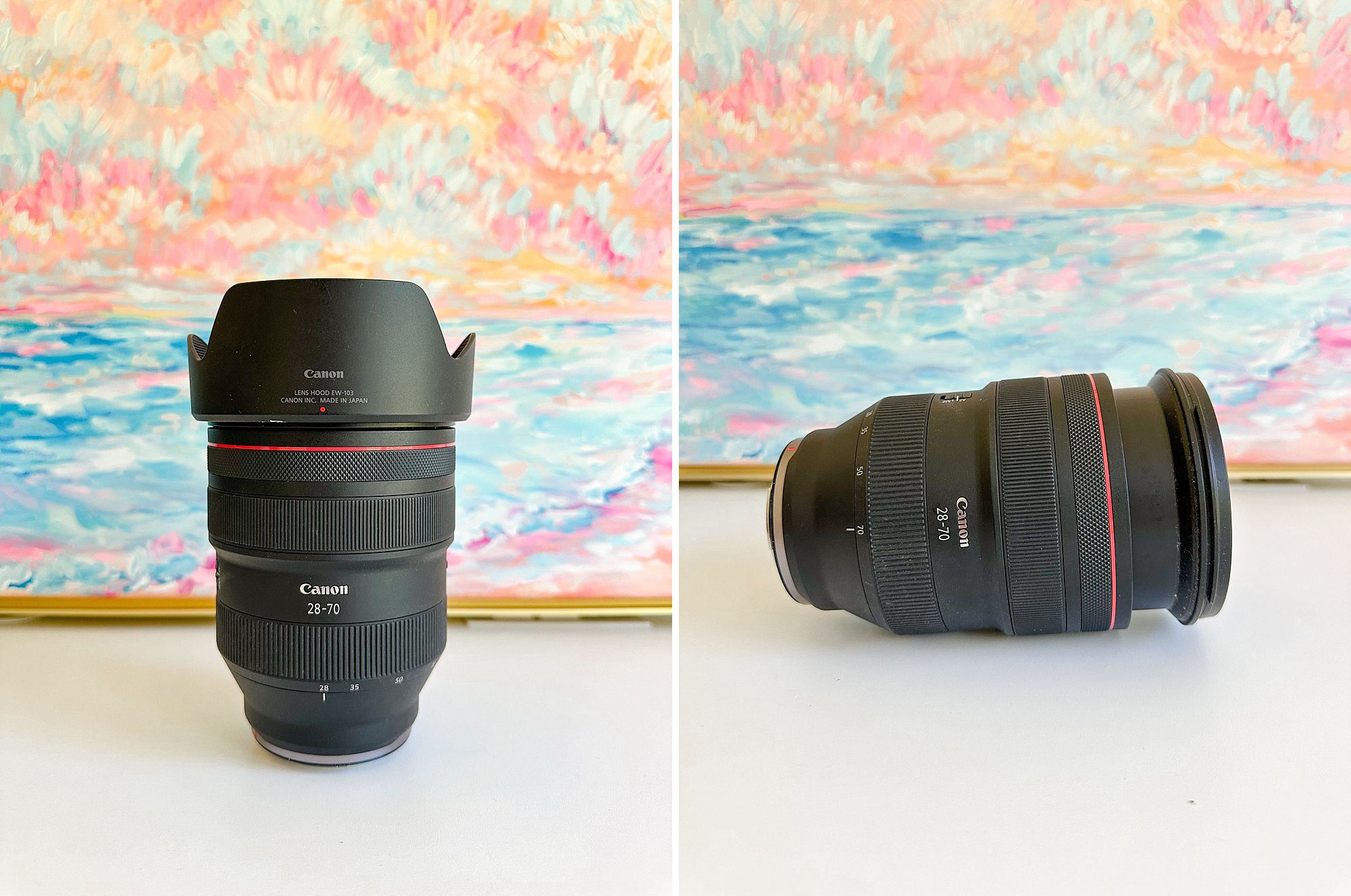
How to Choose the Best Gear for Your Photography Style
Investing in new gear can be both exciting and overwhelming—especially when every photographer seems to have a different “must-have” recommendation. The truth is, the best gear isn’t about what’s the most expensive or trendy; it’s about what fits your shooting style, workflow, and needs. Here’s how to make sure you’re choosing the right gear for you.
Factors to Consider When Investing in Equipment
Before clicking “Add to Cart,” ask yourself these key questions:
- What problem am I trying to solve? Are you struggling with low-light conditions? Missing shots because of slow focusing? Wishing for more versatility? The right gear should address a specific pain point in your workflow.
- Will this gear actually improve my work? Just because a lens is highly rated doesn’t mean it will make a noticeable difference in your images. Think about whether the upgrade will enhance your style or just be a shiny new toy. (For me not swapping lenses over and over let me be more present with my clients.)
- How often will I really use this? A specialty lens might be incredible, but if it’ll only come out of your bag twice a year, it may not be the best investment. Prioritize gear that will impact your daily or weekly workflow. (Hello Lensbaby Composer I NEVER even used!!!)
- Does this gear fit my budget and business goals? Investing in quality equipment is important, but it should make financial sense for your business. If it won’t directly help you make more money or save time, consider whether it’s worth the price.
I even have a whole post on my philosophy when it comes to gear upgrades here!
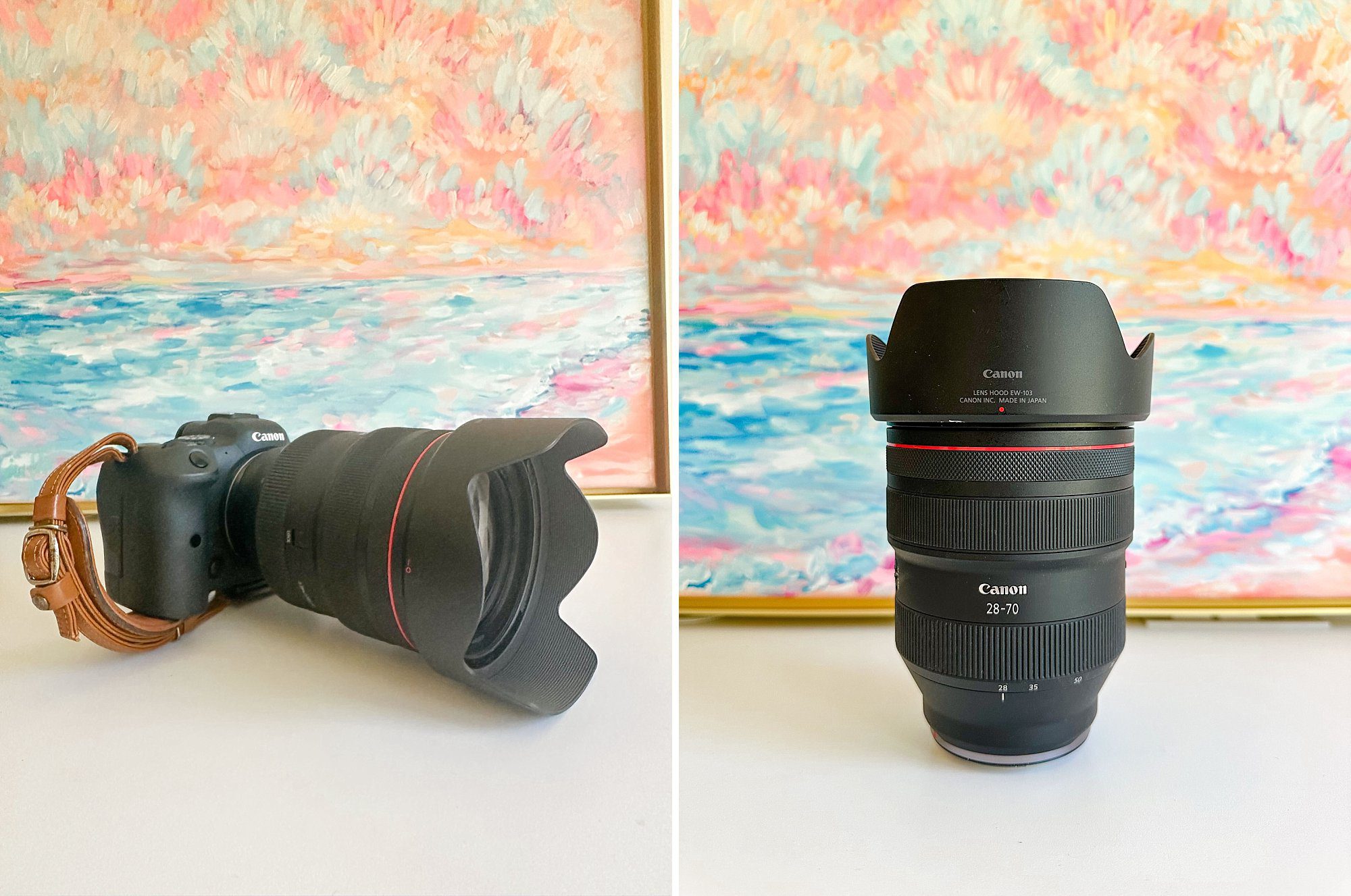
Tips for Making Smart Gear Purchases
Before making a big investment, take these steps to make sure it’s the right fit:
✅ Rent Before You Buy – Many camera stores and online rental services (like LensRentals or BorrowLenses) let you try gear before committing. A weekend rental can tell you more than a thousand reviews.
✅ Read Reviews from Photographers Who Shoot Like You – Not all reviews are created equal. A landscape photographer’s opinion on a lens won’t help much if you shoot newborns. Look for feedback from photographers in your niche.
✅ Test In-Store If Possible – If you can, visit a local camera store and hold the gear. Feel the weight, test the focus, and see if it works intuitively with your shooting style.
✅ Buy Used or Refurbished – If you’re on the fence about a pricey lens, consider a used or factory-refurbished version. Many reputable stores offer gently used gear at a fraction of the price.
✅ Wait for Sales & Trade-In Deals – Major brands run discounts throughout the year, and trade-in programs can help you upgrade for less. If you’re eyeing a new piece of gear, timing your purchase right can save you hundreds. I’ve traded in several lenses over the years and you always get a bit more when you are making a purchase at the same time.
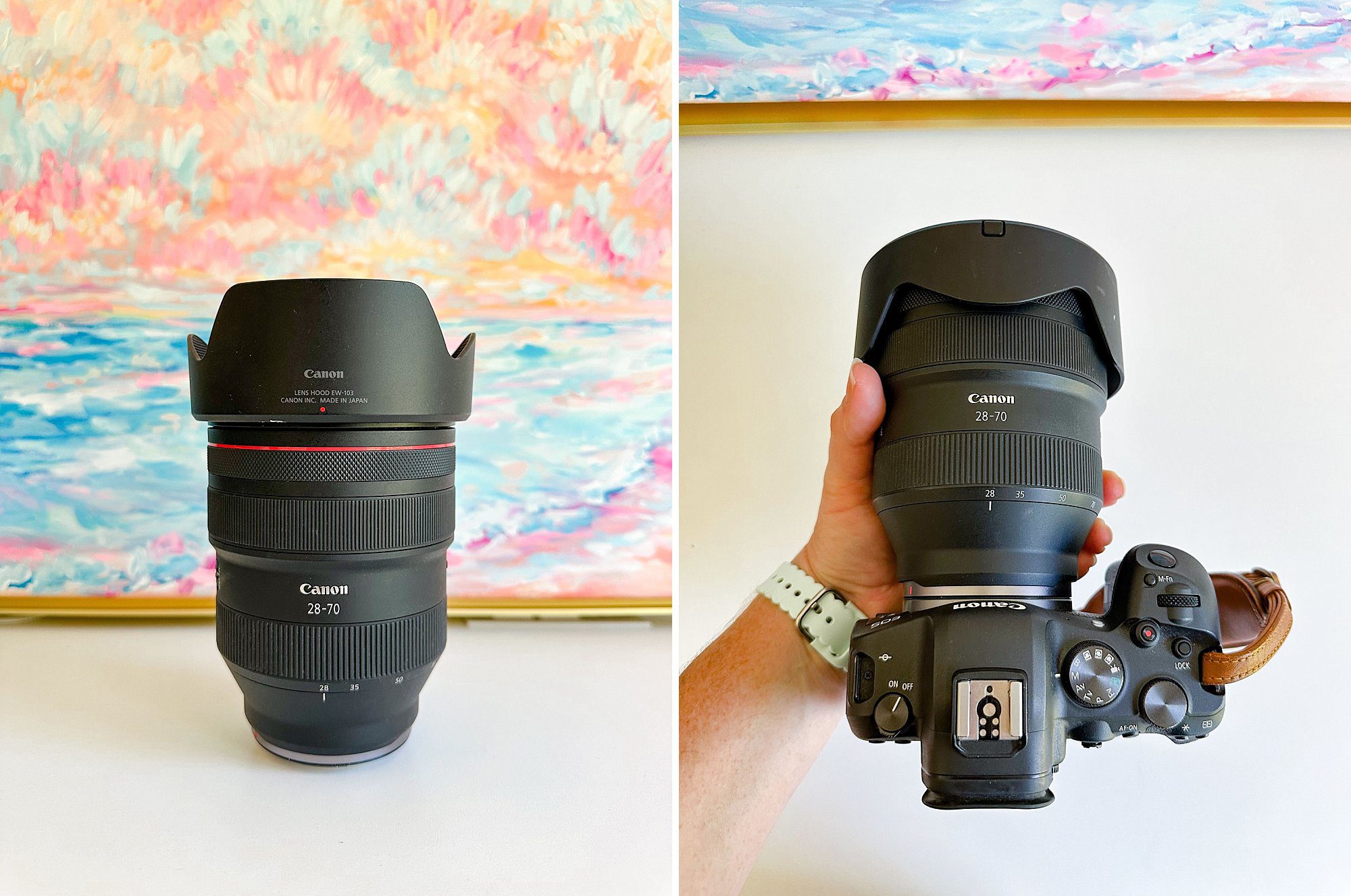
My Final Thoughts on the Canon RF 28-70mm f/2.0L
If I had to describe this lens in one word? Obsessed. Seriously I never use my 50 1.2L anymore which kind of makes me sad.
The Canon RF 28-70mm f/2.0L is the lens I didn’t know I needed—until I used it. Now, I can’t imagine shooting without it. It’s like having four prime lenses rolled into one, with the added bonus of never having to scramble to swap glass mid-session.
Is it heavy? Absolutely. Do I still carry it everywhere? 100%.
Sure, it’s an investment (both financially and in arm strength), but for the way it simplifies my workflow and delivers buttery bokeh and tack-sharp images, it’s completely worth it. If you’re tired of juggling multiple lenses or just want one lens that can truly do it all, the 28-70mm f/2.0L might just be your new best friend.
Would I recommend it? Without hesitation. Your back might hate you, but your photos will thank you. 😉
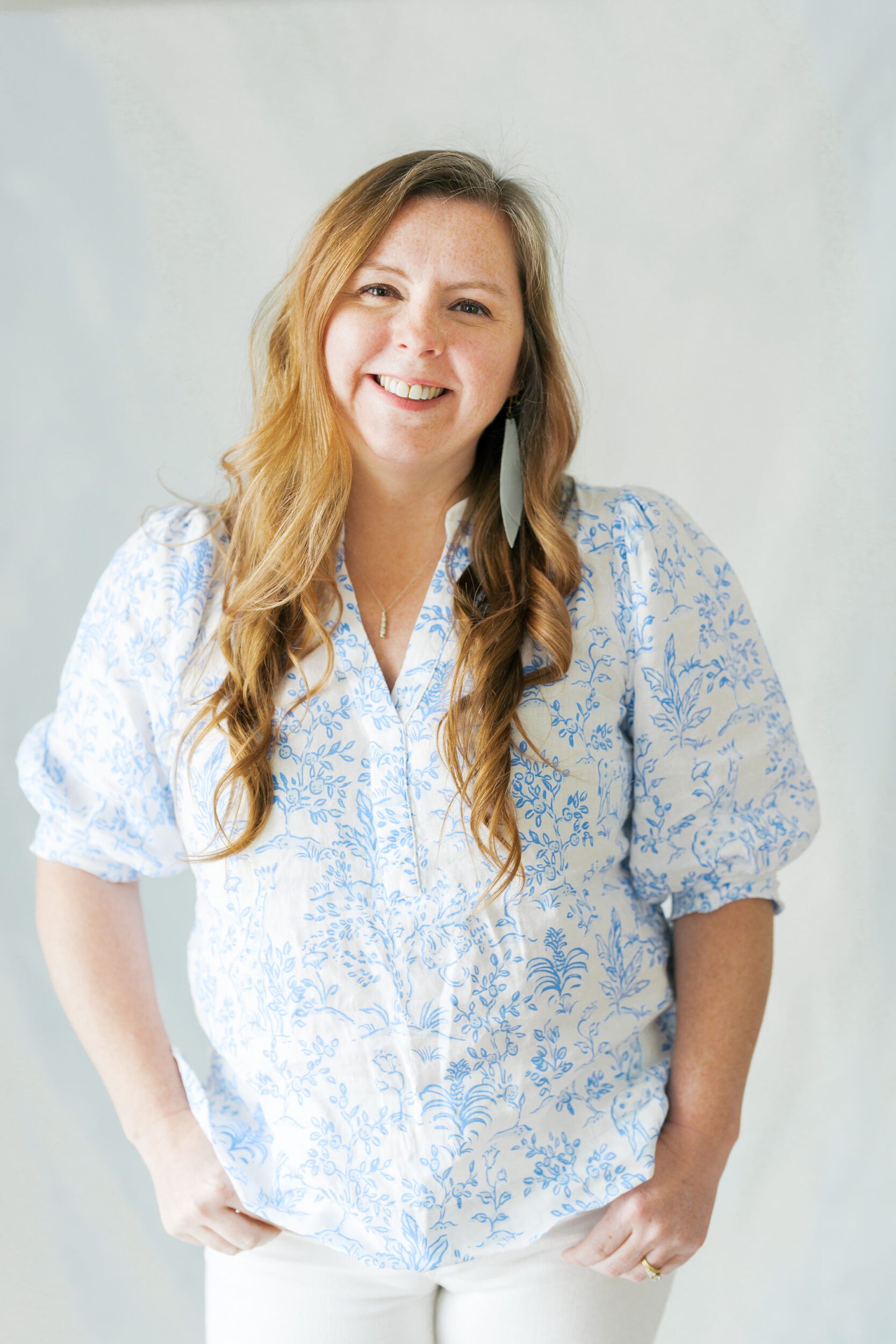
I’d love to hear from you! Do you have a go-to lens or piece of gear that has completely changed the way you shoot? Drop your favorite photography gear in the comments below!
Melissa Arlena is an award winning lifestyle newborn photographer in Charlottesville and Richmond, Virginia who has earned her Master Photographer Certification from NAPCP in maternity, newborn and family photography. Her natural and simple work has been featured in magazines and online blogs worldwide. She has been named Best Maternity and Newborn Photographer in Richmond and Charlottesville, VA in 2024.

